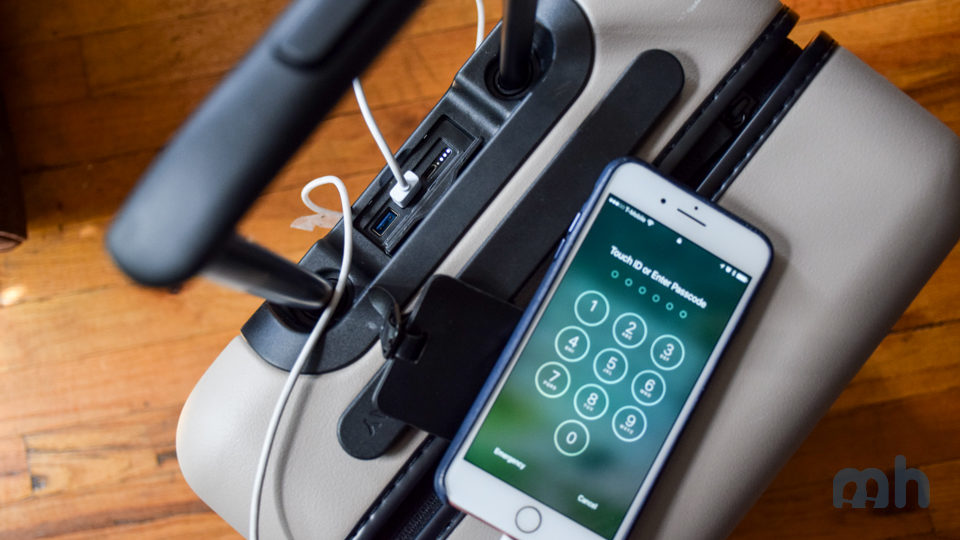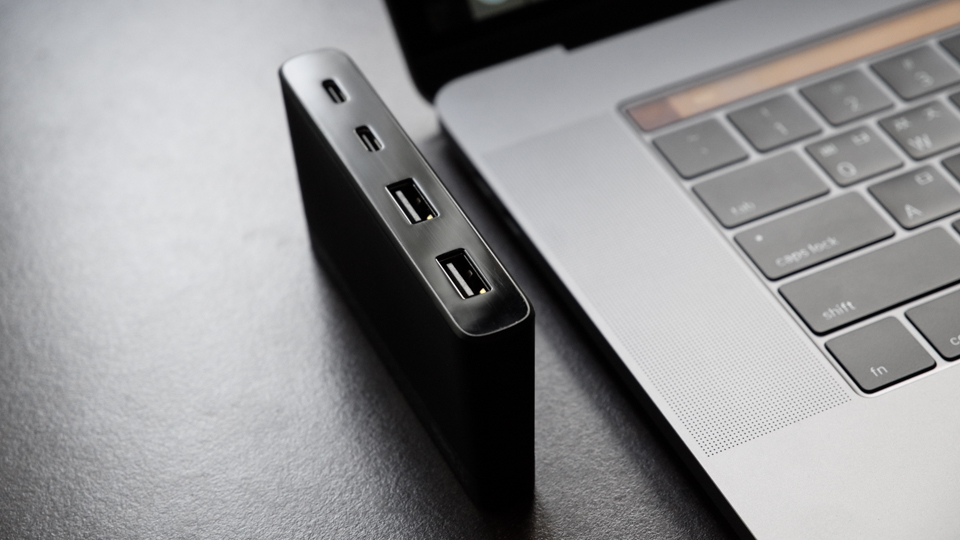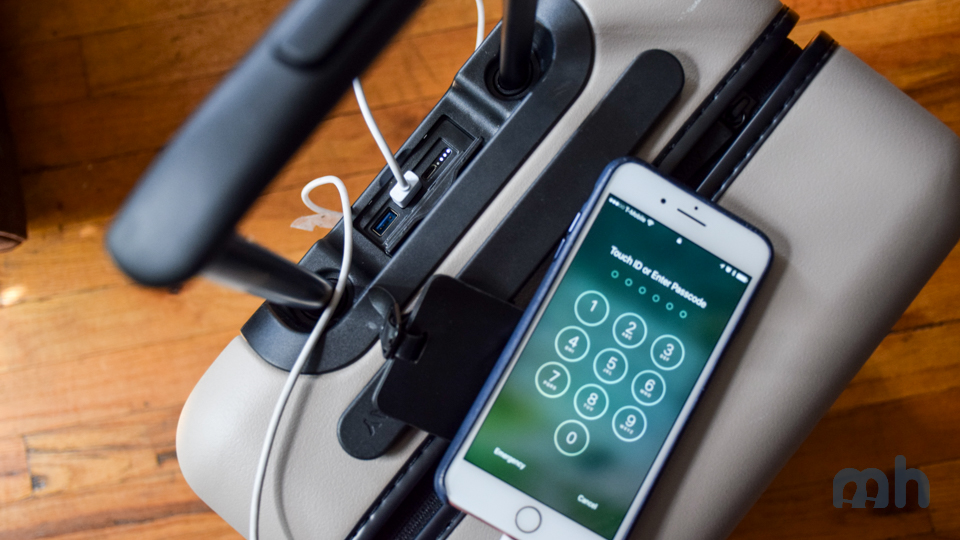
On paper, it seems like a great concept. But fragile computer parts and banged up suitcases sound like a cocktail for disaster.
Four years ago, Bluesmart announced it had delivered “the world's first connected luggage.”1 Since then, other bag manufacturers like AWAY, Raden, and Barracuda have copied suit. Old stalwarts like Samsonite and Delsey now have their own line of smart luggage: its the definitely the "in" thing. But it can suck to be an early adopter, and there are drawbacks to being all plugged up down the cabin aisle.
For the most part, smart suitcases can be more susceptible to damage and the integrated tech can limit the suitcase's shelf life, which in previous generations, were designed to last years. It's a clear trade-off between modern convenience and rock solid reliability, so in the end, it may simply depend if you see your suitcase as a fashion symbol of a jetsetter lifestyle, and value fashion over practicality.
(Maybe the analogy here is the smartphone decimating the dumb phone but it might be too far early to tell. Maybe we're wrong! Perhaps they are here to stay.)
Smart suitcases are relying on ever-increasing obsolete tech
First of all, let's take a look at the two leading smart suitcase brands: AWAY, and Bluesmart.
AWAY, which was started by two former Warber Parker employees, touts smart, stylish and functional luggage at a fraction of the price in a direct-to-consumer model. It features "unbreakable shells, interior compartments, and built-in USB chargers." In terms of USB chargers, its referring to the USB-A port, in which there already has been a major update.
Bluesmart is a little bit more of the tech-savvy of the two, featuring GPS and Bluetooth tracking, USB charging, remote locking, among other things. Does that sound like a litany of tech features rattled off to whet the wallet or what?2
The point of technology is innovation, and innovation means change, which means good God if anyone knows GPS will still be around in 20 years.
All I know is that I've dropped my Google Pixel hundreds of times, and now the Bluetooth no longer works. It also calls random people in the middle of the day.
There's an automatic built-in shelf life
Lets think briefly about the shelf life of the USB port (and in extension, all other technologies that have gone defunct over time, such as VHS). It's not the sexiest thing to think about in tech, but it is the current industry standard with lots of widespread adoption. Everything from smartphones to camera cords use it.
Typically, when most luddites think of USB, its often in reference to the USB-A port. It supports several versions of USB, all of which are capable of delivering different speeds. These includes USB 1.1, 2.0, 3.0, and 3.1, which were all deployed from 1998 to roughly 2015. Basically, USB has been kicking ass for over 15 years.

The different USB types. (Aaron Yoo / Flickr)
But in 2015, the USB Implementers Forum unvelied a new port, called USB-C. Lo and behold, it's also a completely different shape, meaning all those previous cords don't work with the new port. The Verge accurately pointed out that, “Just as the original USB connector eventually killed parallel, serial, PS/2, FireWire, and other ports, USB-C could spell the end for proprietary laptop chargers and dedicated ports like HDMI and Thunderbolt.”
“This is the fastest transition we’ve seen in 15 years or more,” Ravencraft notes in the article, “so knock on wood everything’s going extremely well and we’re really excited.”
To sum it all up, most ports have a shelf life of 15 years at best. That time frame is decreasing all the time as the speed of innovation increases.
Basically, a “smart suitcase” will only be smart until the next tech breakthough. Perhaps the era where suitcases have lasted for 20 years+ are coming to an end. In all preference, I'd rather much a good quality suitcase that stands the test of time.




